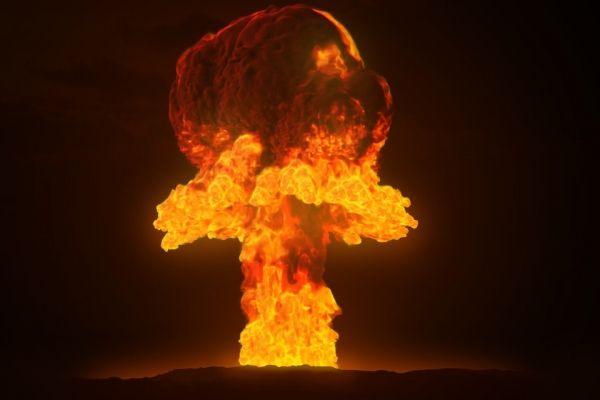An international consortium of scientists has refined the map of caesium and plutonium radionuclide concentrations in soils in Switzerland and several neighbouring countries. Using an archive of European soil samples, the team led by Katrin Meusburger from the University of Basel, now at the WSL research institute, was able to trace the sources of radioactive fallout between 1960 and 2009. This study was published in Scientific Reports.
The new map comprises Switzerland as well as several neighbouring countries (France, Italy, Germany, Belgium). It is based on a new calculation method, namely the use of the caesium/plutonium ratio. These two radionuclides were released during military nuclear tests, particularly in the 1960s, but caesium also during the Chernobyl accident in 1986.
"We have created a new map to provide a basis for estimating the soil loss since the anthropogenic release of radionuclides," says first author Katrin Meusburger from the group Environmental Geocience at the University of Basel, who is now working at the Swiss Federal Institute for Forest, Snow and Landscape Research WSL. "To do this, it is important to know the proportion of radioactive fallout from Chernobyl."
The data collected, made available to the scientific community and the public, are useful for establishing a reference base in the event of possible future fallout of radionuclides, but also for use in new studies, particularly in geomorphology. They will, for example, allow the reconstruction of soil erosion rates since the 1960s in areas of Europe where there have been major landscape changes.
Read more at University of Basel
Photo Credit: AlexAntropov86 via Pixabay


